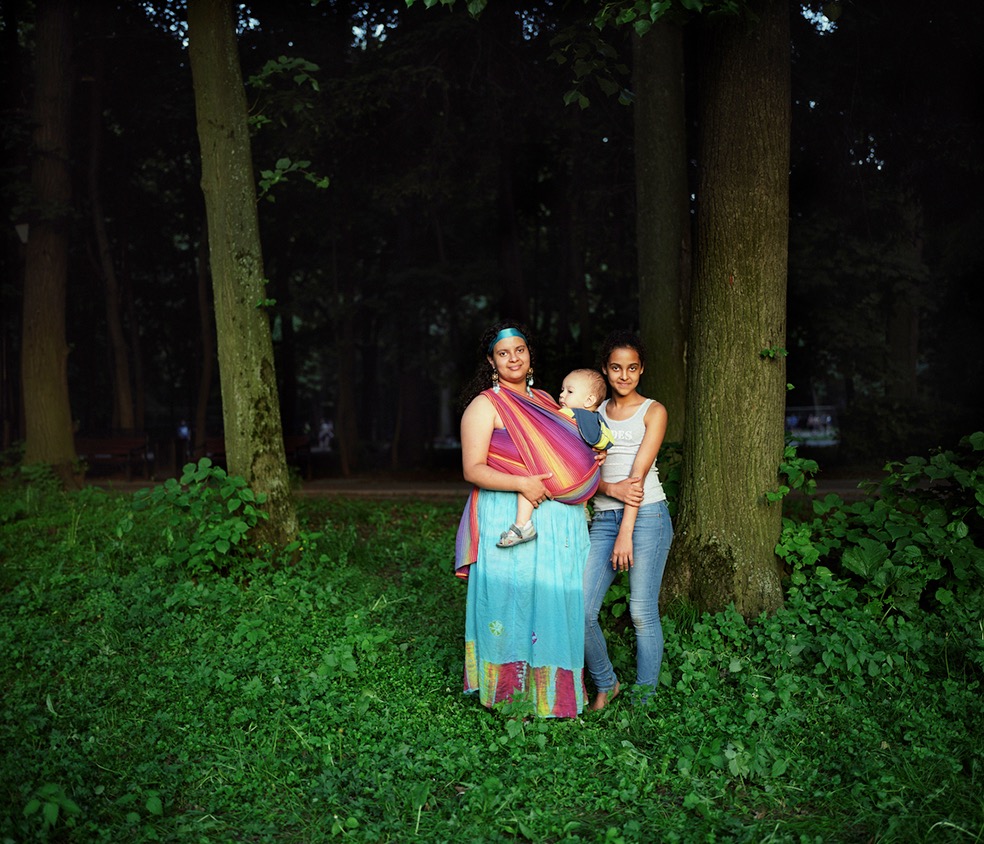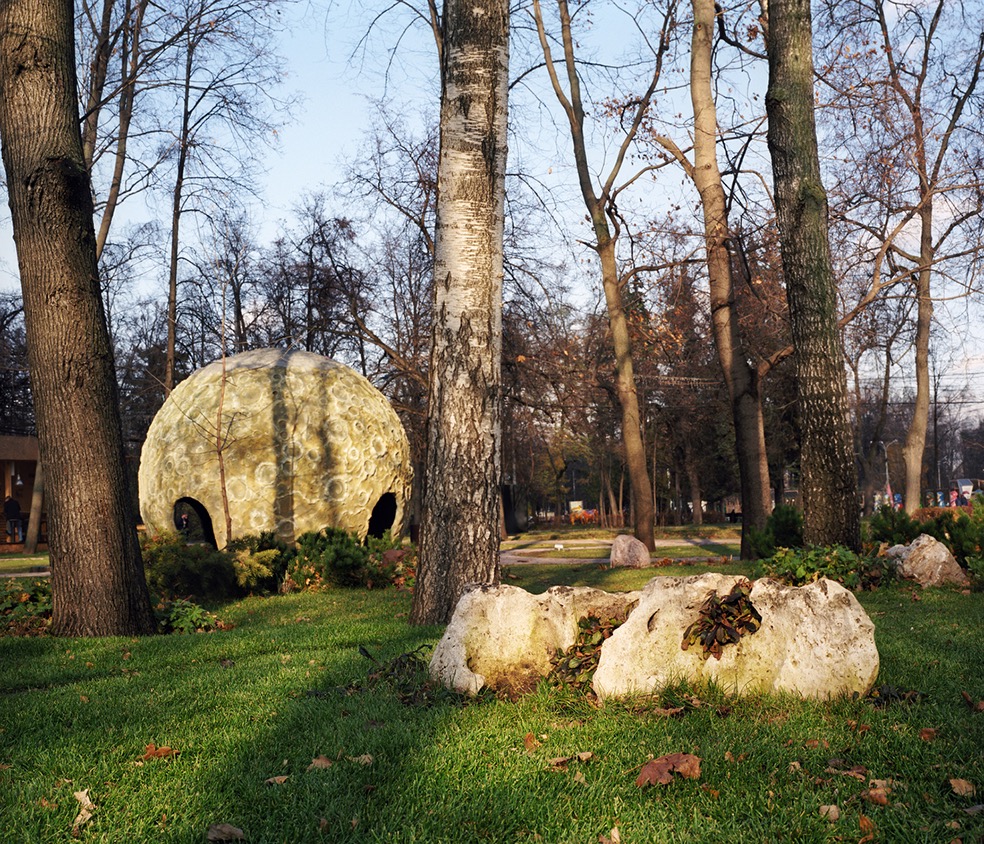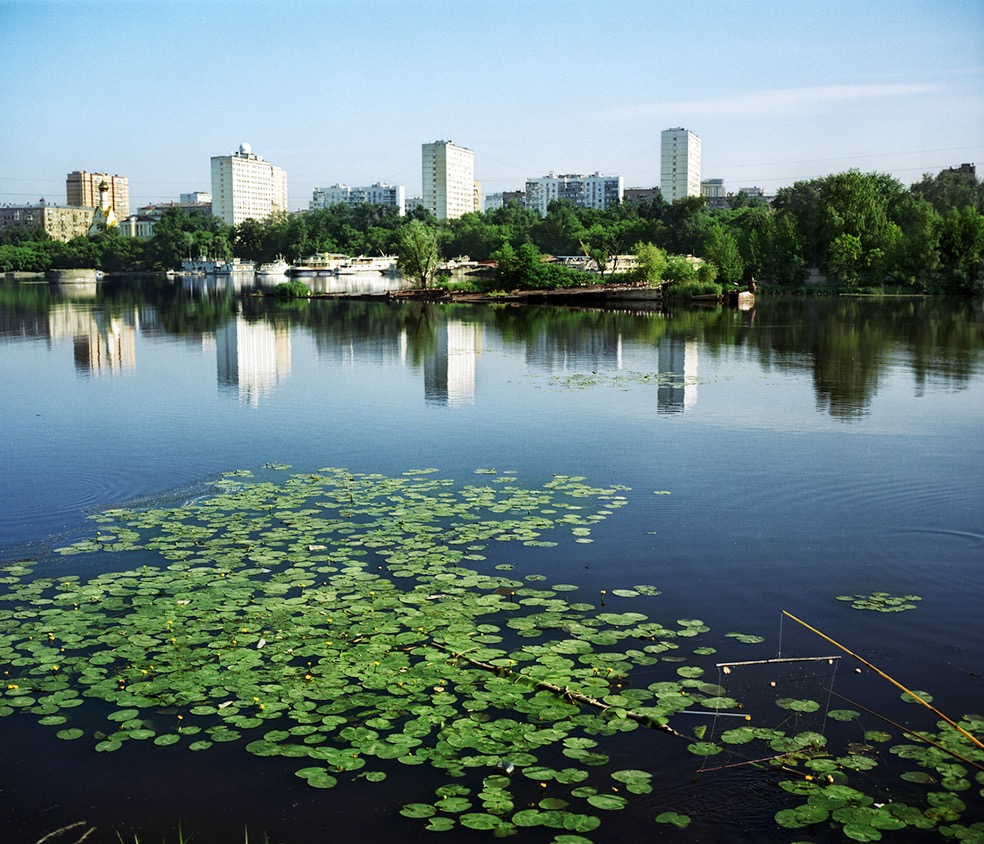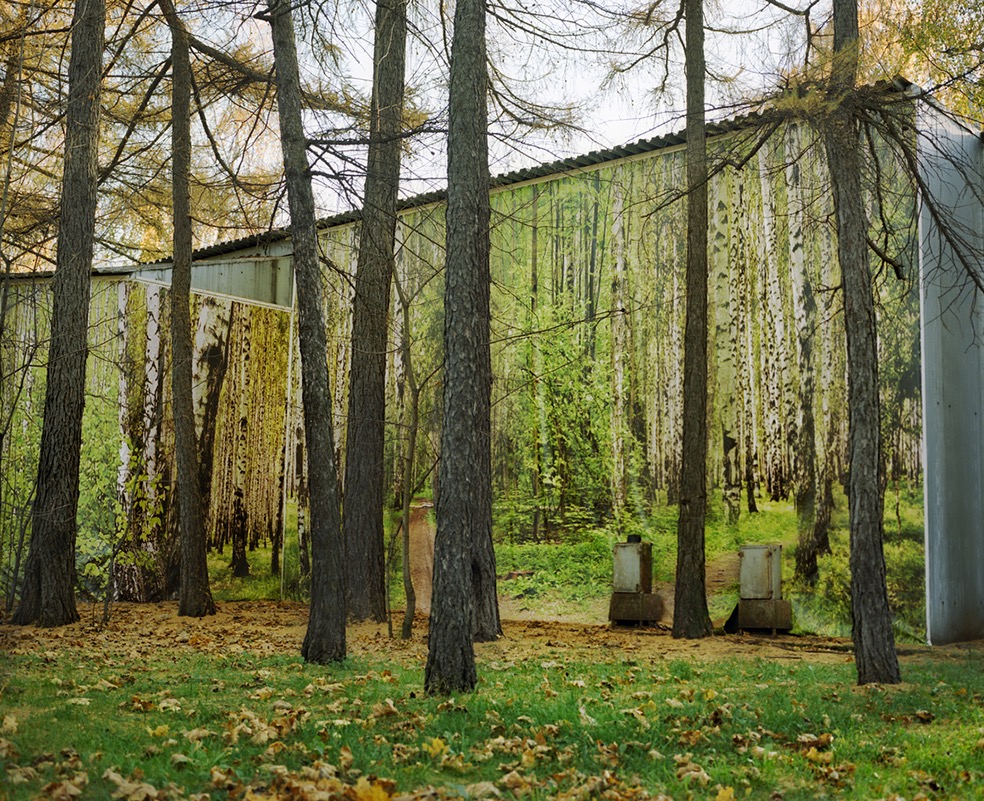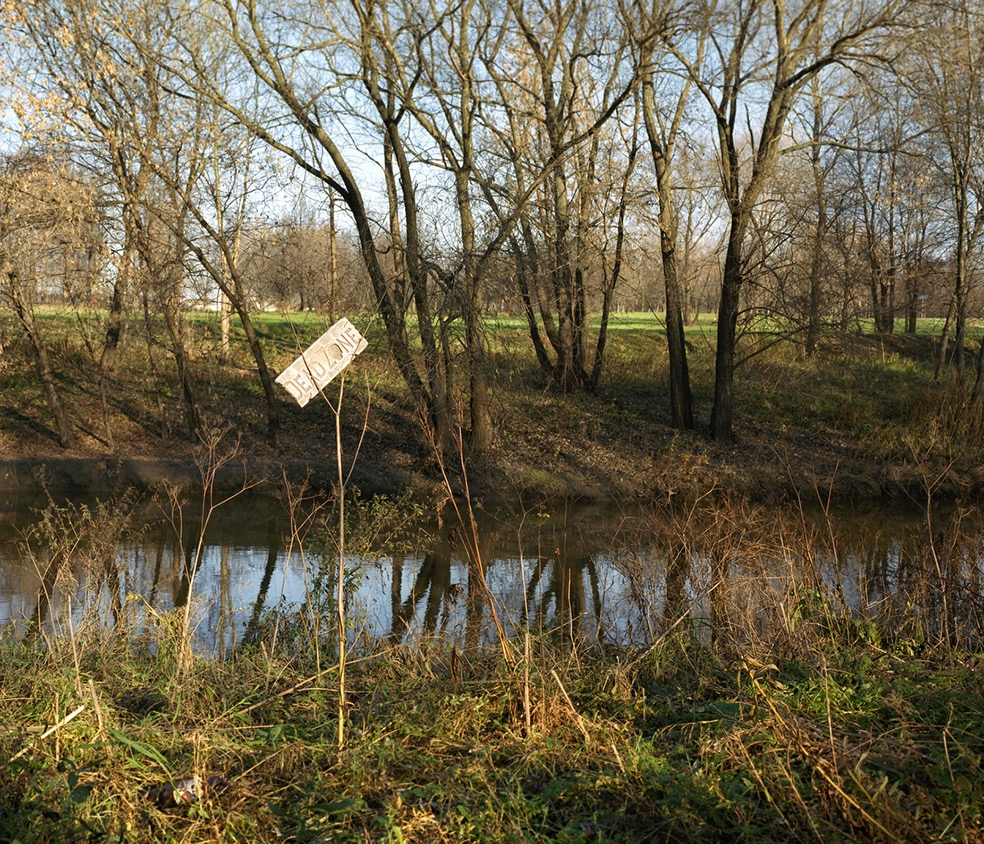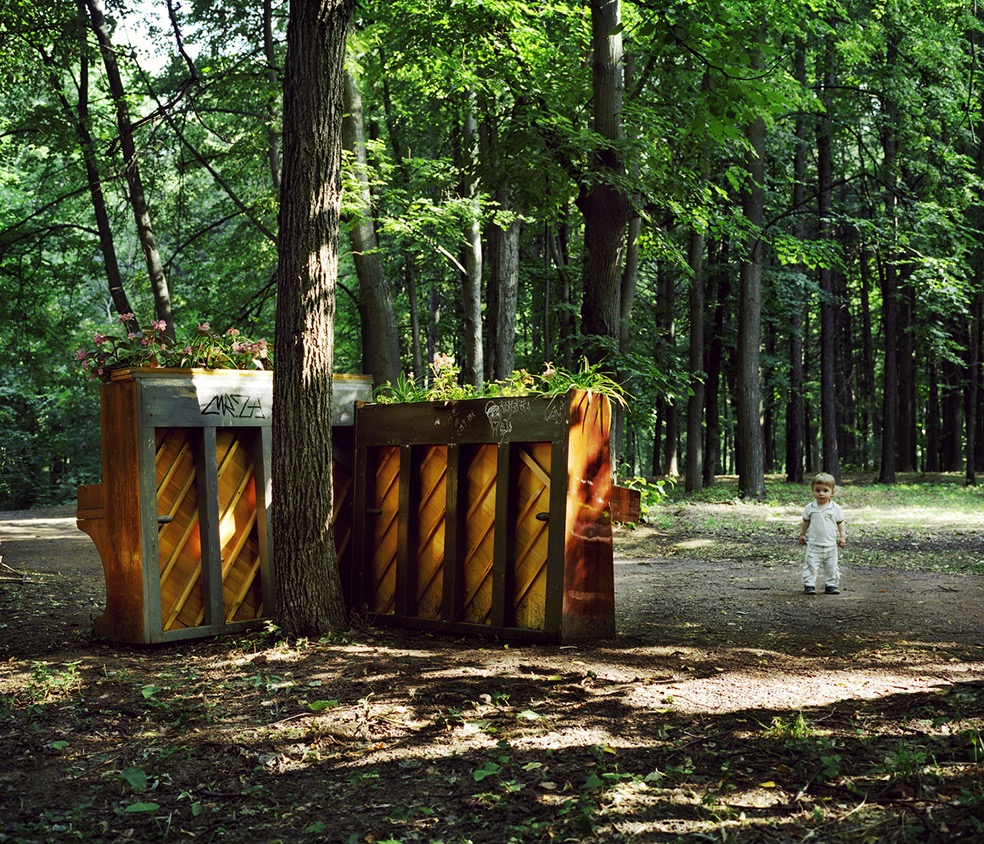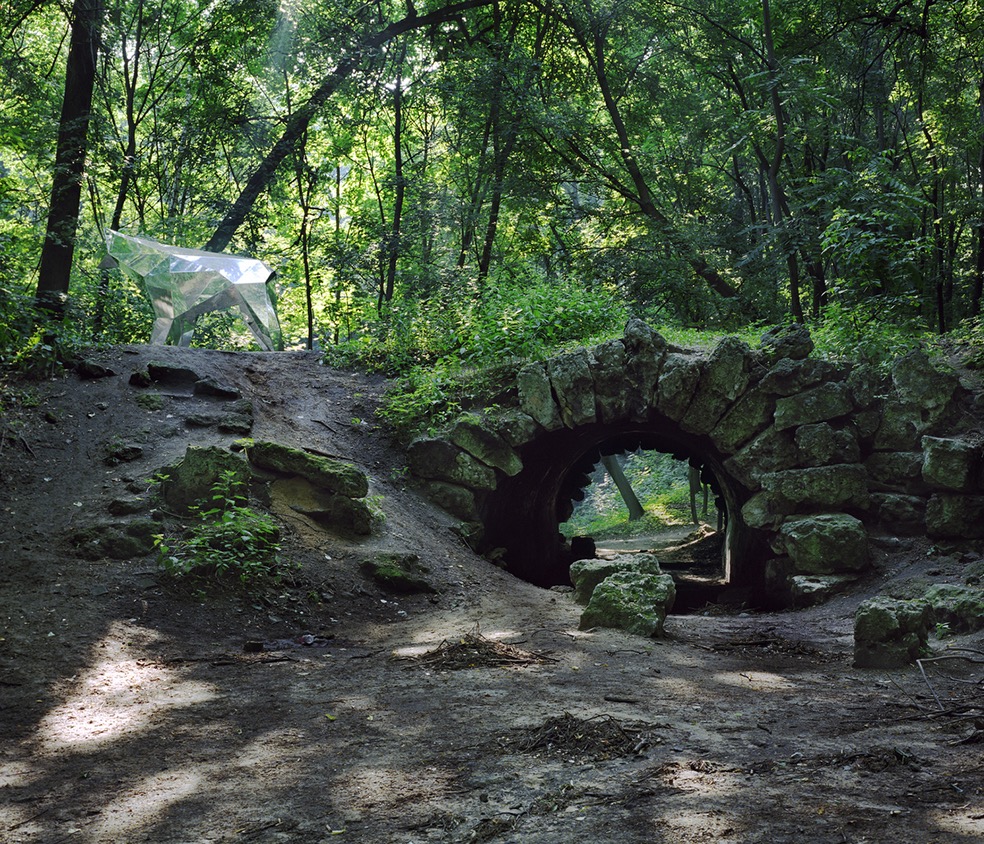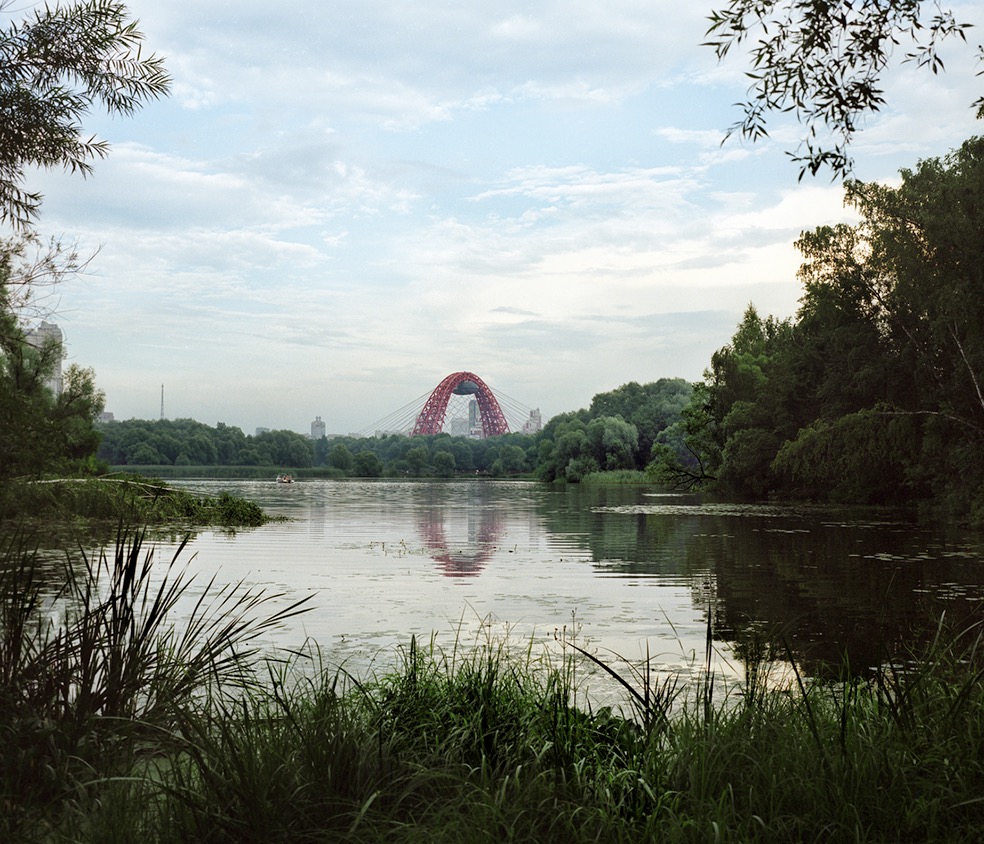A park as an open grassy green area, designed for enjoying your leisure time, appeared on the wave of Romanticism in the XVIII century. Opened to public city parks appeared in Europe only at the beginning of the XIX century. Parks were promoting the cult of nature, harmony, quietness, seclusion. The main idea of any park was to recreate an untouched or somehow reshaped part of nature.
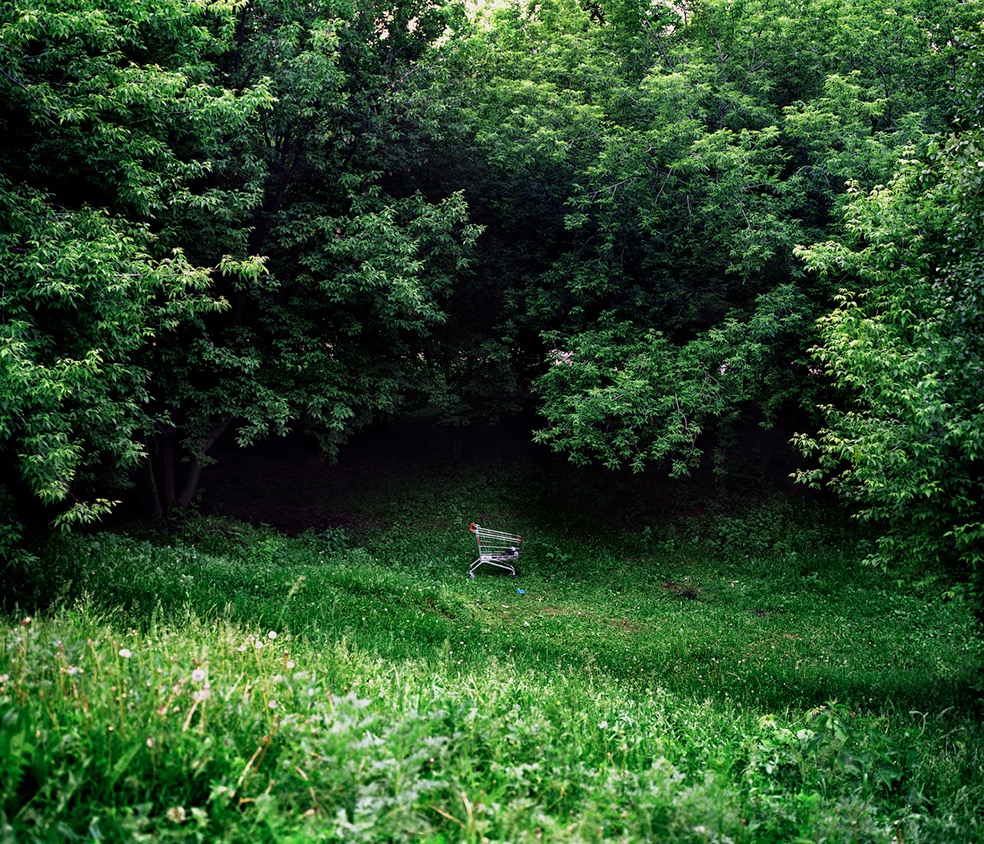
Some of parks in Russia have remained since the times of tsars (estates and gardens), others were created during the communist epoch (parks of culture and recreation, physical education). At the moment all of them are much more open and accessible for citizens thanks to modernisation and introduction of new elements. And in Moscow you can find some extremely positive examples of that change. But the result of such intrusions to the original structure or composition of the park can’t always be good. Thus, drifting through Moscow parks, I focused to search for the places where the story of the change has gone in the wrong direction. I chose the visual nuisances, noises, dissonances, and reconstructed my own image of the abandoned, deprived of attention park.
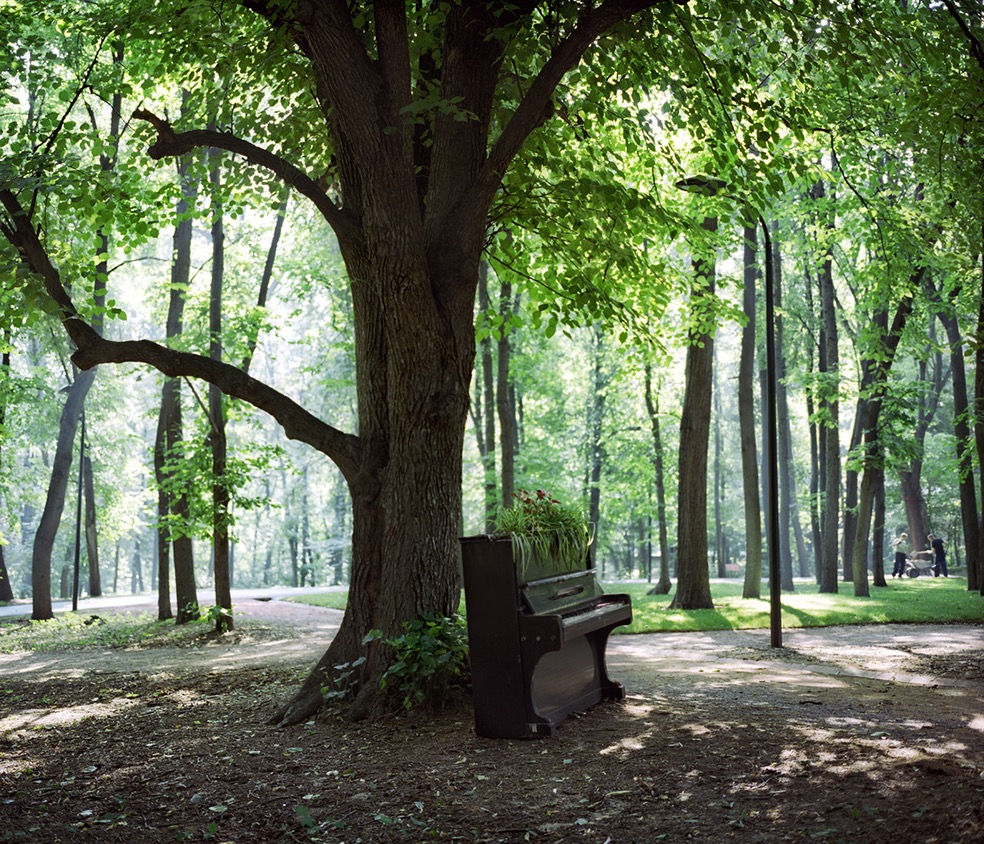
Julia Abzaltdinova was born in Ekaterinburg, Russia in 1984 in the family of photography lovers. She took an interest in photography when she was in high school. When she was a student at University, she attended «PhotoThursday» photo-club at the Metenkov Photography Museum. When she was 20 she has graduated from several private photography schools and started earning a living by photographing.In early 2009 she decided to change the direction of her career and go with art and documentary photography. Since 2010 she has been working on a project about the modifications in the city of Sochi due to the 2014 Winter Olympics. In 2011 she entered the Rodchenko Moscow School of Photography and Multimedia, the course of Documentary Photography by Valeriy Nistratov. In 2014 she is to graduate. Currently she works in Moscow, Sochi and Ural.
Website: julia-abz.com
